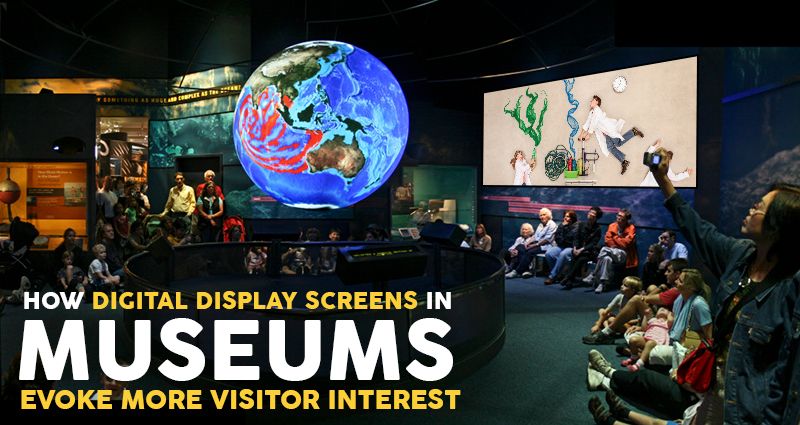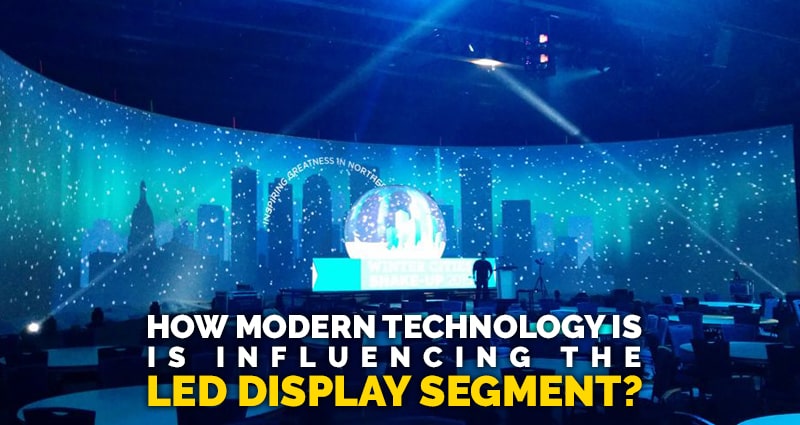
An LED Display Panel is a Smart Choice for OOH Displays in a Smart City
January 14, 2020
India’s Museums Must Adopt LED Video Wall Display to Add Value to Their Artefacts
January 20, 2020India is one of the few countries with a vast civilizational and cultural heritage that is also among the richest and the oldest in the world. Ideally, India should have thousands of museums safeguarding and showcasing this civilizational and cultural heritage but that’s not the case today. There are about 800 museums in all, across India, which is just about a third of the total number of museums in the United Kingdom, a country which is many times smaller. Unfortunately, the condition of these 800 odd museums in India is not good as they haven’t adjusted with the needs of the time. For instance, an LED display screen is literally unknown in India’s museums.
Absence of museum culture in India
Museums in India look more like forensic labs that are safeguarding precious cultural and historical heritage rather than institutions that showcase the country’s rich heritage. The style of displaying the artifacts is outdated and don’t interest most young visitors, who are used to fast information access on mobile devices. However, it is also a fact that information available in museums is among the only sources that can be considered authentic and reliable. This can be amplified with LED video wall display screens that can deliver enriching information to visitors.
Museums can help tackle fake news
Although the information on mobile devices is quite unreliable, people use and share that quite frequently. That explains how fake news spreads. When fake news is investigated and analyzed, museums along with forensic laboratories are among the places that help in dispelling the doubts. Hence, museums need better ways to attract more people to visit them frequently and improve their knowledge. An LED display screen in different sections of a museum can present information in far more interesting and engaging ways to visitors than is being done currently.
Ösel’s world-class LED displays
The rich collection of historical treasure in the museums of India need to be presented in more interesting ways. For instance, an LED video wall display showcasing the history of India’s partition can clear many a doubt in the minds of youngsters who are fed with malicious and fake information on the internet. When visitors get to see graphic descriptions of the events that took place during the country’s struggle for independence, they will know better than to believe in fake stories. Such dynamic digital displays in museums are much better than static and wordy descriptions, which visitors don’t find interesting.




